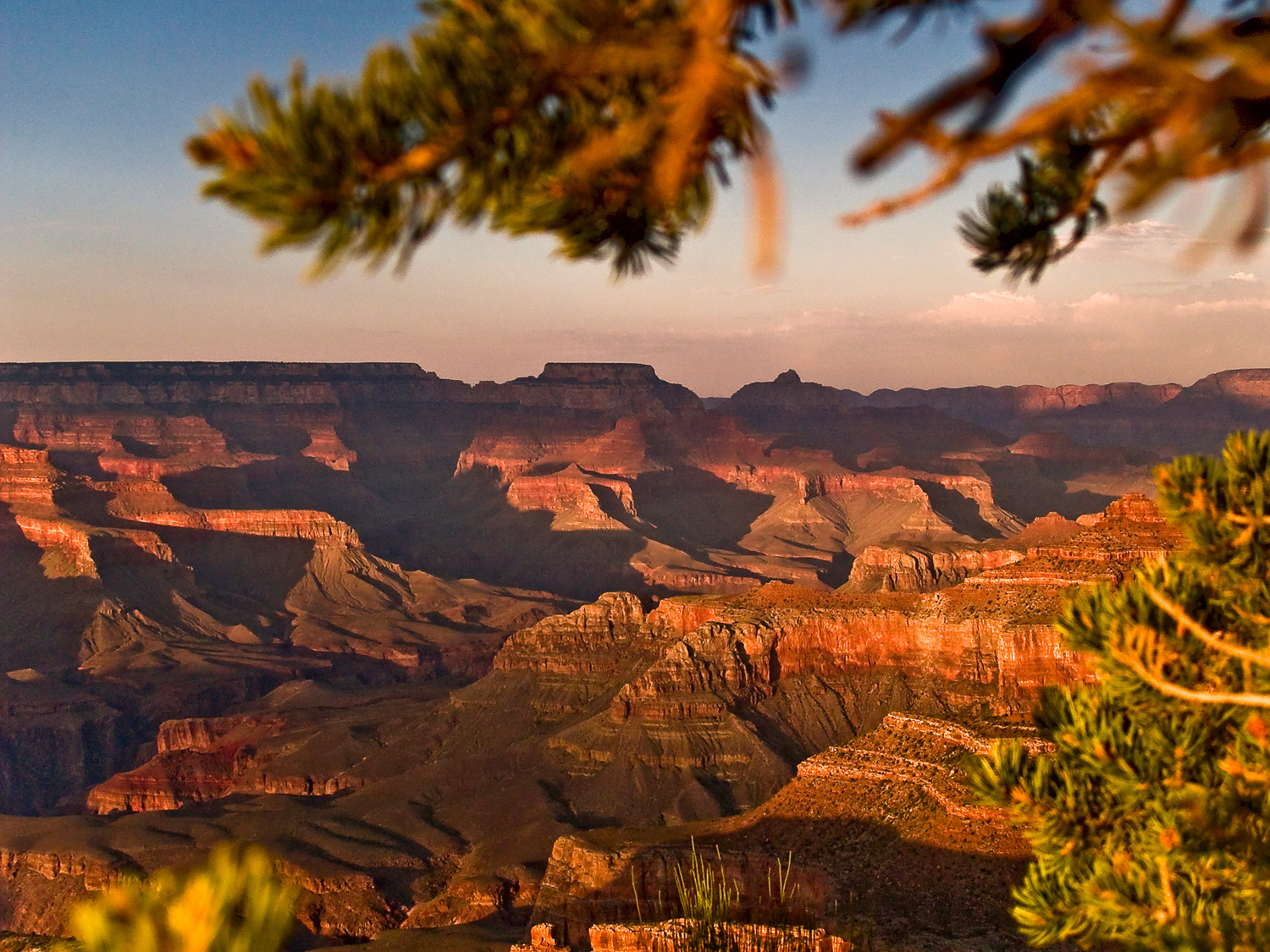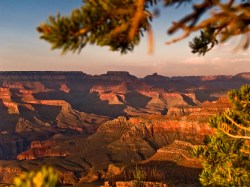So much for that ban on uranium mining near the Grand Canyon that Obama imposed early last year. The U.S. Forest Service just went ahead and gave a Canadian company approval to begin mining for uranium a mere six miles from the Grand Canyon National Park’s South Rim entrance, which nearly 5 million people visit every year.
Canadian company Energy Fuels Resources says its rights to mine the area, granted in 1986, should be grandfathered in, and the Forest Service concurred. In response, three environmental groups and the local Havusupai Tribe filed suit in March against the feds. They say the 1986 environmental impact review that originally gave the mine clearance needs to be updated. From The Arizona Republic:
Opponents say newer studies indicate pathways for trouble. One study, conducted in preparation for an old development plan at Tusayan, found that groundwater pumping at that Grand Canyon gateway sucked water from the vicinity of the mine. Another, by the U.S. Geological Survey, included models based on known subsurface geology funneling water toward Havasu Springs.
The Forest Service had no way of knowing these things before the 1986 approval, Northern Arizona University hydrogeologist Abe Springer said.
“Nobody ever asked the question” back then, he said.
A spokesperson for the mining company argues, naturally, that the review is still adequate, and calls the old Canyon Mine, now set to reopen in 2015, “tiny.” But Roger Clark, director of Grand Canyon Trust, one of the plaintiffs in the suit, compares the area — which will be stripped of vegetation — to the size of a Walmart parking lot, and tells The Guardian about other contamination concerns:
Clark argues that uranium’s radioactive properties only become dangerous once it is brought up out of the ground and exposed to air and water. According to the Environmental Protection Agency, such properties include radon gas, a substance that was not regulated when the government conducted its initial study of the mine in 1986. The lawsuit contends that radon and other chemicals could pollute the area.
The mine is located on a site sacred to the Havusupai and other tribes, including the Hopi, Zuni, and Navajo. The Navajo are still fighting for a comprehensive cleanup of the hundreds of abandoned uranium mines scattered across their reservation, mines blamed for decades of health problems and deaths among residents unknowingly exposed to radioactivity.
Those mines, crucial in the Cold War years to the government’s nuclear weapons program, closed as the demand for, and price of, uranium dropped steeply in the 1990s. The Canyon Mine never became fully operational before its owners decided to cut their losses. But with the value of uranium soaring, the Guardian reports that …
… companies are moving to reopen old claims. Observers say the outcome of the lawsuit is important, because it could serve as a bellwether for how future attempts to re-open old uranium mining claims in the area will go. There are over 3,000 mines in the Grand Canyon area that hold such claims.
As much as we despise bottled water, you might think about bringing some on your next trip to the Grand Canyon.




